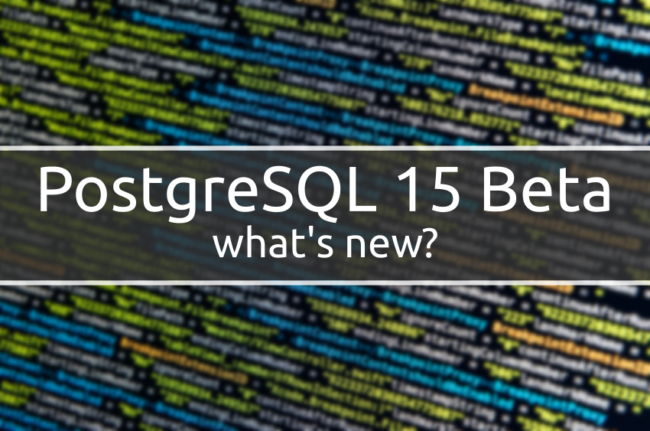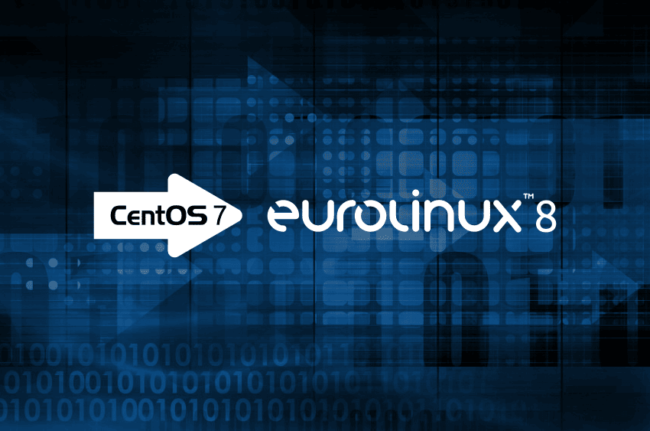Creating a swap file – or how to deal with a temporary memory shortage

One of the milestones in the development of operating systems was memory virtualization. It allows processes in the system to “see” memory as a continuous area that is available to them. In today’s article we will look at creating a swap file that will reside on one of our system’s disks.
Read more





